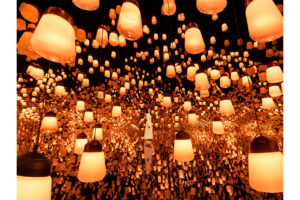
In September of the 3rd year of Meiji, a rather strange warning was issued in the town of Kyoto.A "oshokure" is what we now call a law or ordinance. I checked the "Kyoto Machi-touchi Shusei" at the library to find out what kind of laws and ordinances they were. A rough translation is as follows.
--Recently, a powder resembling katakuris has been made from the roots of mangekusa and used in confectionery. The townspeople are troubled by this poison. The poison of the manduksa is not small, and we forbid its use in any food. The person who makes it is punished.The content is as follows.
Manjusas are mandshusas, or manjushage,higanbana (species of weeping rosebud cherry tree, Prunus subhirtella)refers to.Around the time of the autumnal equinox, this plant has a slightly bewitching atmosphere with its bright red flowers that look like sparks in the rice paddies.
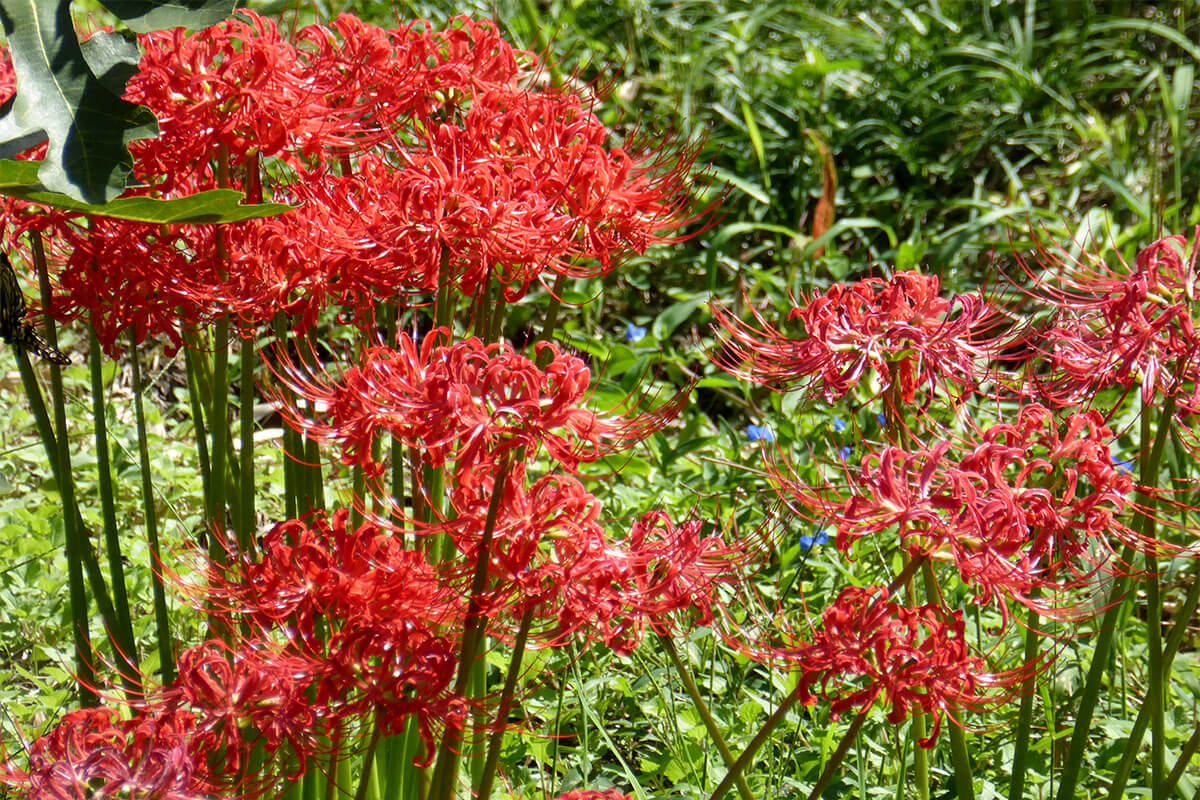
Higanbana that grows in clusters around the time of the higanbana (higanbana)
[related-article field="related1″].
Everything from the flower to the stem to the root of higanbana is poisonous.It is a poison known as an alkaloid, which causes nausea and diarrhea when consumed. It is said to be especially abundant in the bulb part. The bulbs contain starch, and the powder made from them is said to look exactly like potato starch.
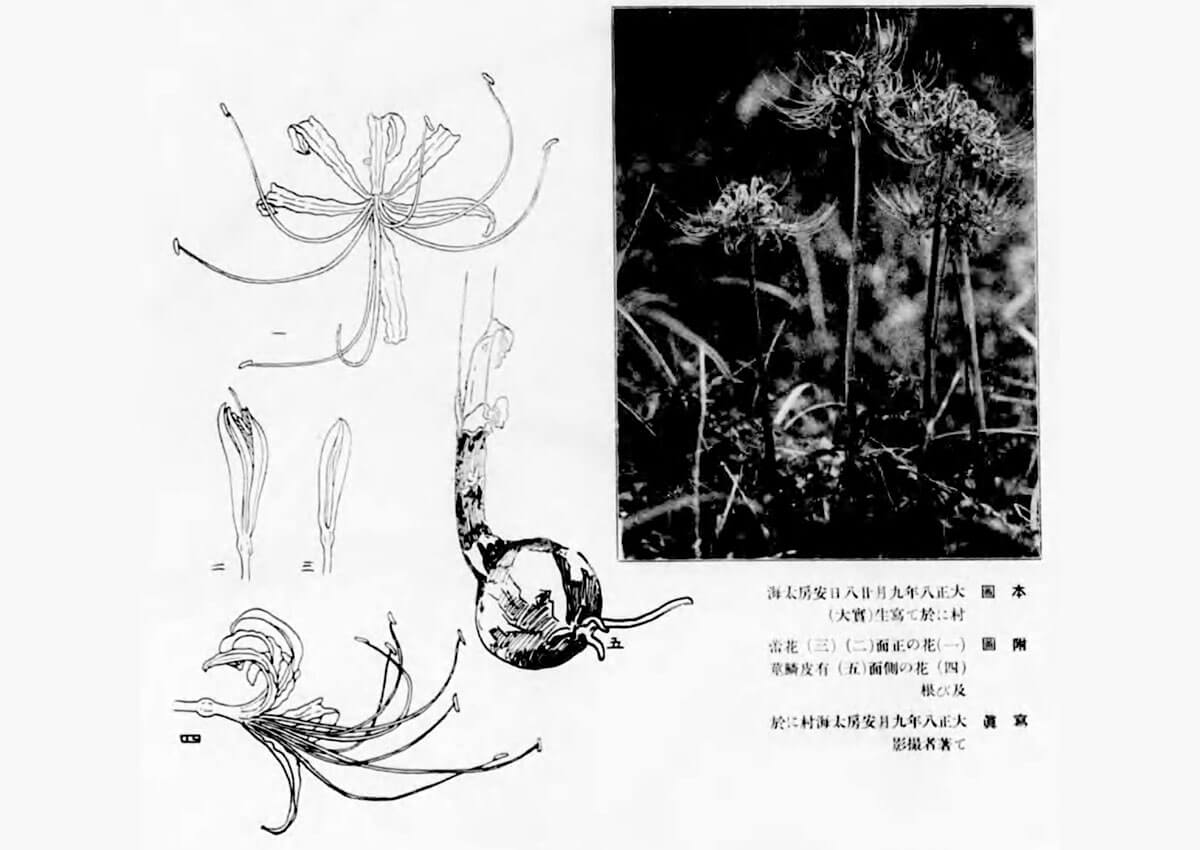
Nonsui hyakka hyo. 4th ed.Digital Collections of the National Diet Library) than higanbana (higanbana). The bulbs are said to be highly poisonous
One wonders if the use of such a dreadful powder as an ingredient in confectionery is a case of mass indiscriminate murder that struck the town of Kyoto in the Meiji era. However, the fact is that higanbana bulbs are said to be edible after being soaked in water for a long period of time to release the poison. It is said that they were eaten as emergency rations during famines. After the announcement of the warning, did people stop using higanbana as a confectionery?
by the way,Higanbana has many aliases. That is quite scary.
Shibito bana (flower of the dead), ghost flower, hell flower, numb flower, poison flower, fox flower: ......And so on. Only the name "manjushage" has a divine meaning in Buddhism as the flower of the heavens, the flower of the heavenly world. These frightening names are probably due to the fact that the flower is often found near graves, its appearance, and its poison.The reddish blossoms amidst the greenery are glossy, but on the other hand, they also look poisonous and disastrous.
What has been blooming near the graves for a long time,Due to its poison, it protects the buried body from moles, rats, and other creatures.It was. The roots were also used to make glue and used in Japanese paper hanging scrolls because they repelled insects. Also, higanbana is not only an ominous alias,If you pick flowers and display them in your house, your house will catch fire."This is a popular belief. The color and shape of the flowers remind one of sparks, and the plant is poisonous, so it is probably a warning not to pick it casually.
In the old days, higanbana could be seen here and there along the footpaths of the rice paddies, and were so familiar to people that even warnings were issued about them. These days, however, they are rarely seen. Are they flowers of heaven or ghost flowers? Scary things are also somehow fascinating. Either way, they are a mysterious flower that adorns the rural landscape of Kyoto in autumn.
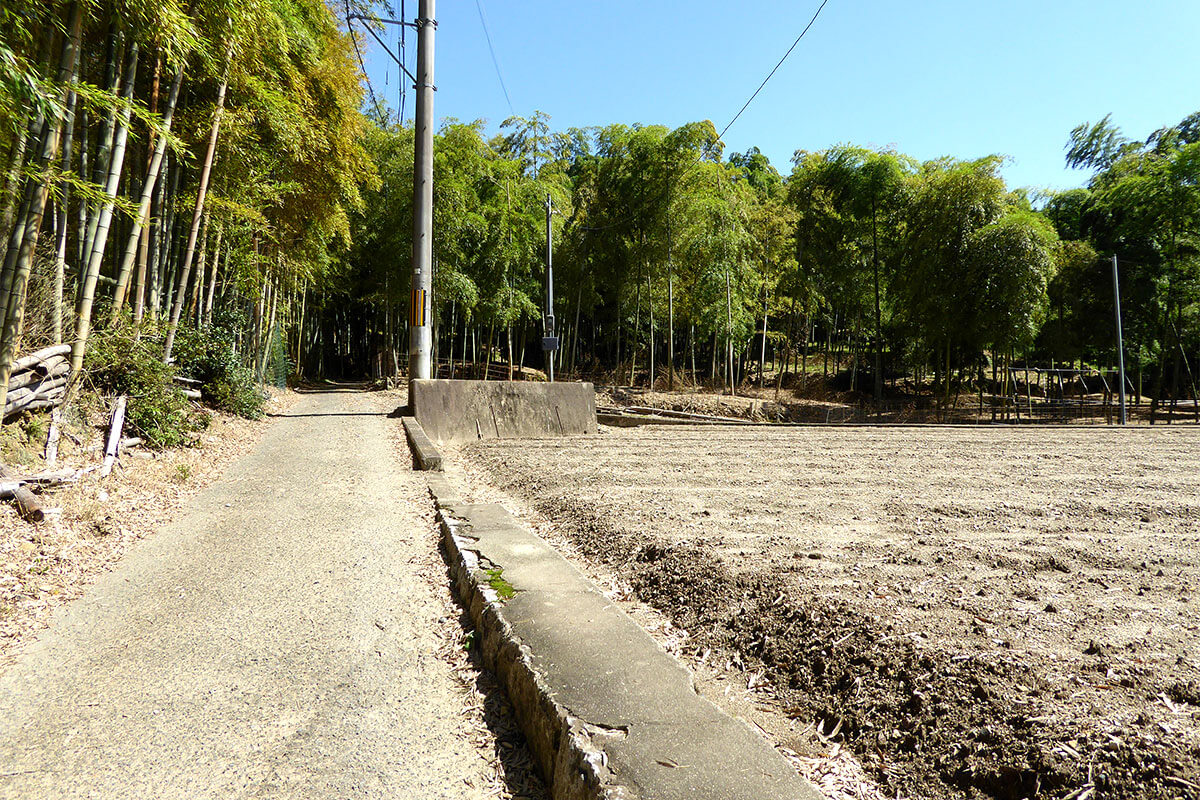
A higanbana was blooming just past the bamboo thicket in Fushimi
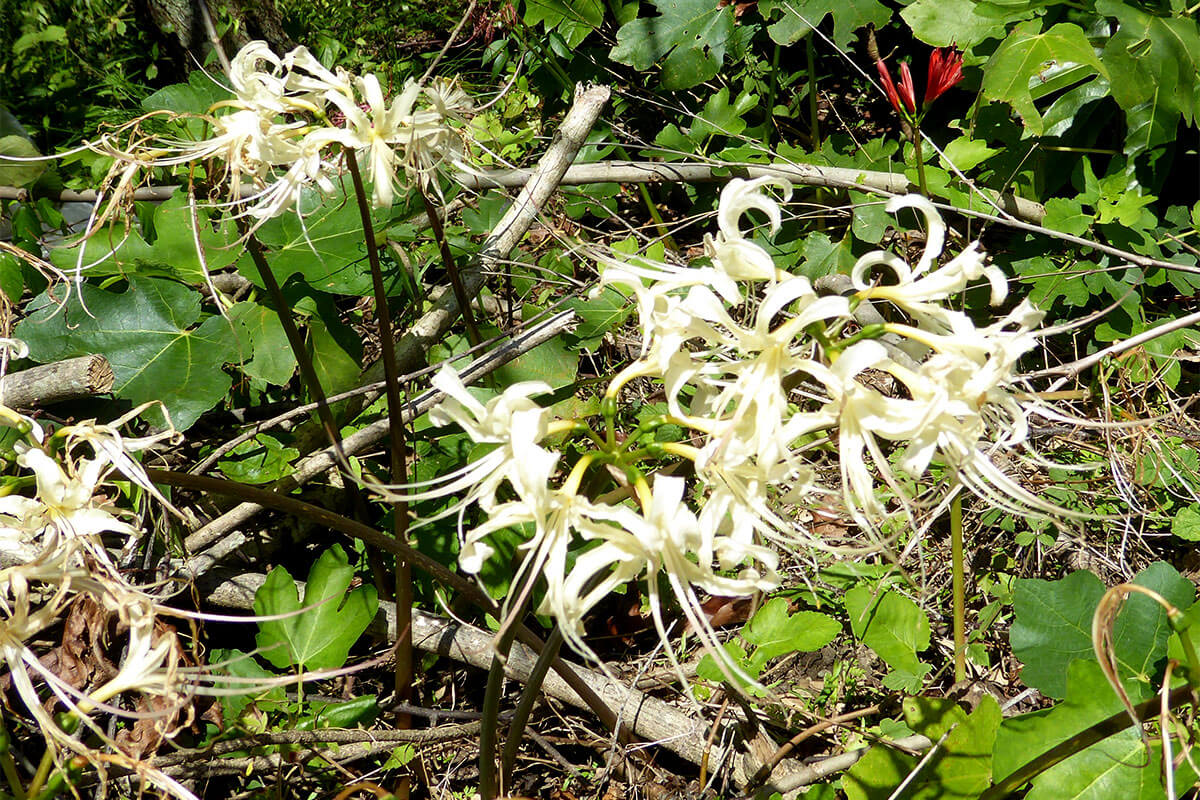
White hibiscuses were also in bloom.
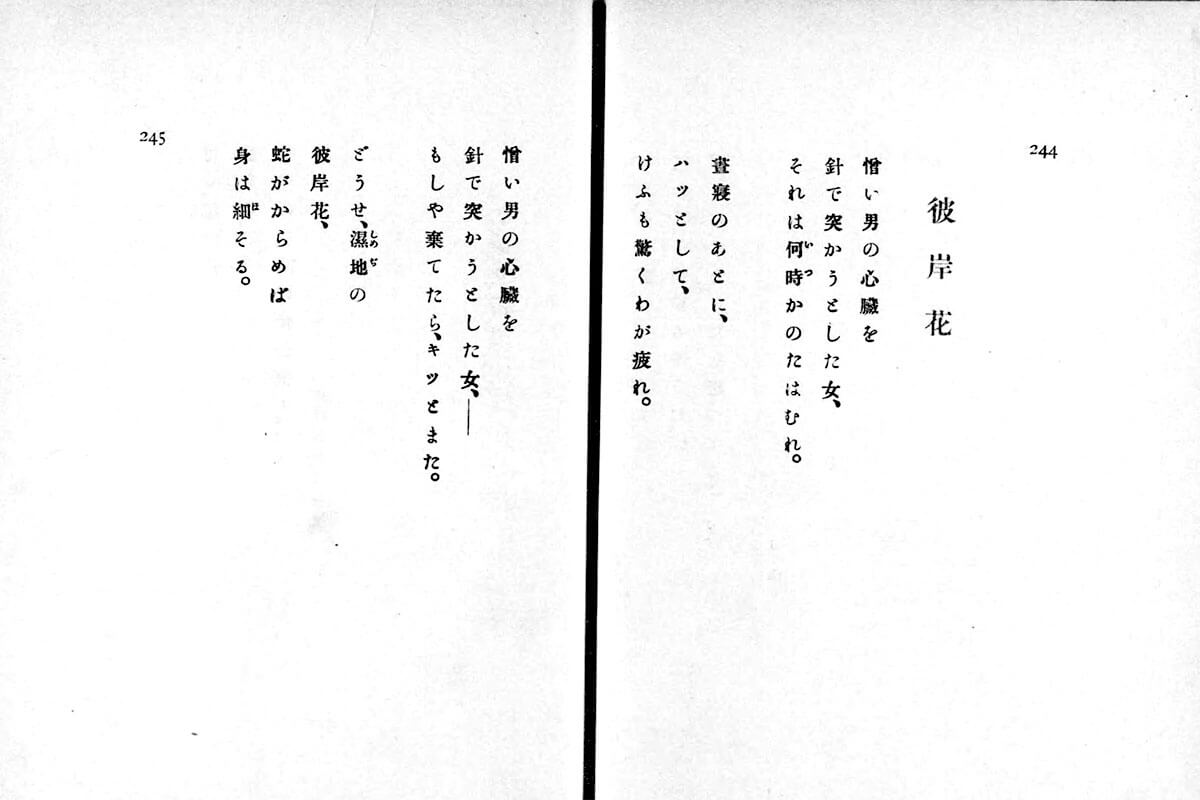
Tokyo Keizai Monogatari & OthersNational Diet of Japan Digital Collections(Poem by Kitahara Hakushu)
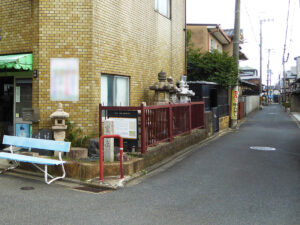
A mysterious incident on the night of the famous moon
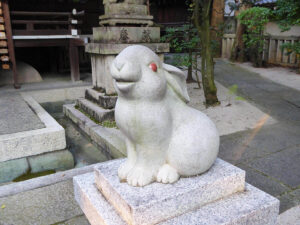
Rabbits live on the moon!
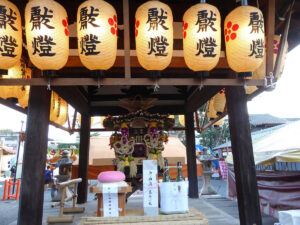
Wishing for a good harvest
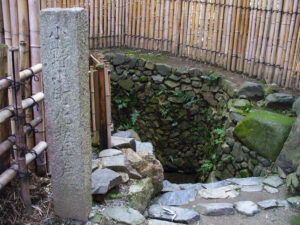
Anecdotes of love that cost lives
Tradition that exists everywhere in the city of Kyoto. It is not just a picture, it is secretly alive in this modern age and continues to coexist with people. The two of Office TO, who previously wrote a series of articles "Kyoto's Demon World Exploration" in the monthly magazine Leaf, explore the mysterious "different" world of Kyoto, which was created over 1200 years. I will unravel the story while actually visiting the place. .
 News
News Feature article
Feature article Featured event
Featured event